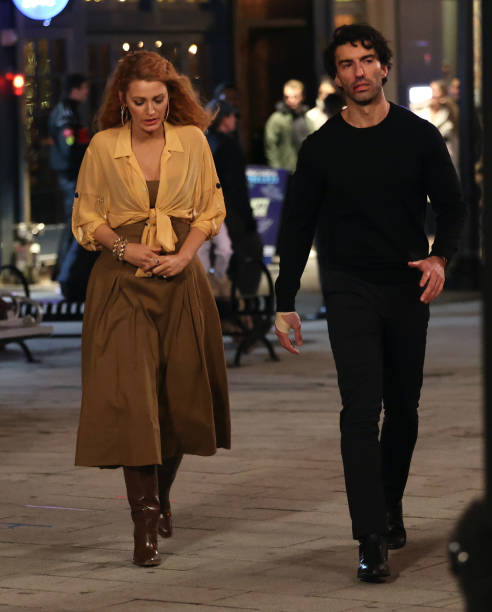
The ongoing legal battle between Blake Lively and Justin Baldoni, co-stars in the film adaptation of “It Ends With Us,” has captivated public attention due to its intricate allegations and counterclaims. This case presents a multifaceted examination of workplace conduct, defamation, and the responsibilities of both employers and employees within the entertainment industry.
Allegations and Counterclaims
In December 2024, Blake Lively filed a complaint with the California Civil Rights Department, accusing Justin Baldoni of sexual harassment and retaliation during the production of their film. Lively alleges that Baldoni’s behavior created a hostile work environment and that, upon raising concerns, she faced a coordinated smear campaign aimed at undermining her credibility. In response, Baldoni has vehemently denied these allegations and filed a $400 million lawsuit against Lively, her husband Ryan Reynolds, and their publicist, citing defamation, extortion, and invasion of privacy. Baldoni contends that Lively’s accusations are part of a strategic effort to wrest creative control of the film and damage his professional reputation.
Legal Issues at Hand
This dispute brings several critical legal issues to the forefront:
- Sexual Harassment and Hostile Work Environment: Lively’s claims necessitate an examination of what constitutes inappropriate behavior on set and the obligations of employers to maintain a safe workplace. Under California law, employers are required to prevent and address sexual harassment proactively.
- Retaliation: The allegation of a smear campaign as retaliation for reporting misconduct raises questions about the protections afforded to employees who come forward with such claims. Retaliation against individuals for reporting harassment is prohibited under employment laws, and proving such claims involves demonstrating a causal link between the complaint and adverse actions taken.
- Defamation and Free Speech: Baldoni’s defamation lawsuit centers on whether Lively’s public statements and the subsequent media coverage were false and damaging to his reputation. This aspect of the case explores the balance between protecting individuals from defamatory statements and upholding free speech rights, especially concerning matters of public interest.
- Employer Liability and Duty of Care: The involvement of production companies and public relations firms highlights the responsibility of employers to enforce anti-harassment policies and address complaints effectively. Failure to do so can result in legal liability and damage to the organization’s reputation.
Implications for Employment Law
This high-profile case underscores the complexities inherent in addressing workplace misconduct within the entertainment industry:
- Policy Enforcement: Employers must ensure that robust anti-harassment policies are not only in place but actively enforced. This includes providing training, establishing clear reporting mechanisms, and taking prompt action when issues arise.
- Protection Against Retaliation: Employees should feel secure in reporting misconduct without fear of retaliation. Establishing a culture of transparency and support is essential in encouraging individuals to come forward.
- Navigating Public Allegations: The interplay between public relations and legal strategy is evident in this dispute. Both parties have engaged in public discourse, which can complicate legal proceedings and influence public perception. Employers and employees alike must consider the ramifications of public statements during ongoing litigation.
Conclusion
The legal confrontation between Blake Lively and Justin Baldoni serves as a poignant reminder of the intricate challenges associated with workplace relationships, power dynamics, and the legal frameworks designed to address them. As the case progresses, it will likely provide further insights into how allegations of misconduct are navigated within high-profile industries and the critical importance of upholding both legal and ethical standards in the workplace.
This article is for informational purposes only and does not constitute legal advice. The legal issues discussed are based on publicly available information and should not be interpreted as a definitive legal analysis of the case. If you are facing a legal matter related to employment law, defamation, or workplace harassment, you should consult a qualified attorney for advice specific to your situation.




